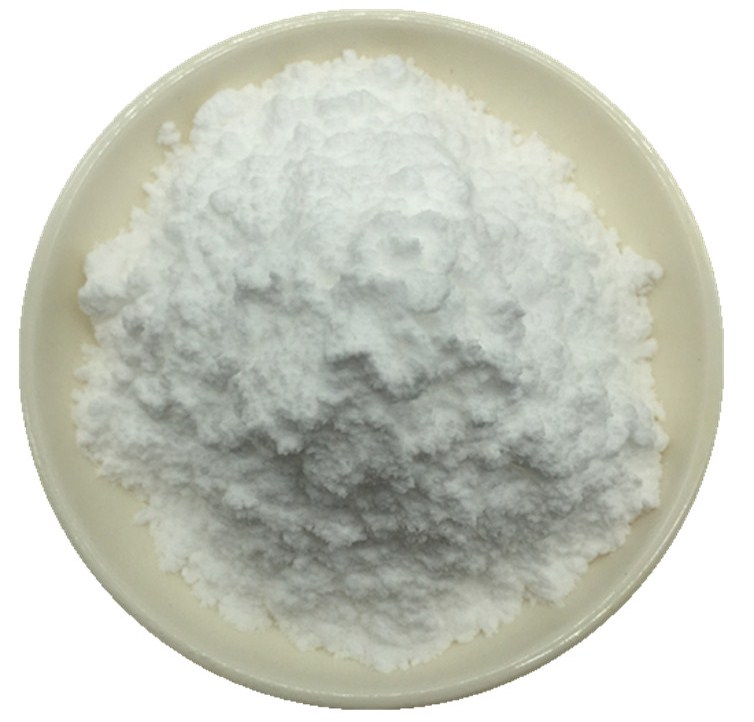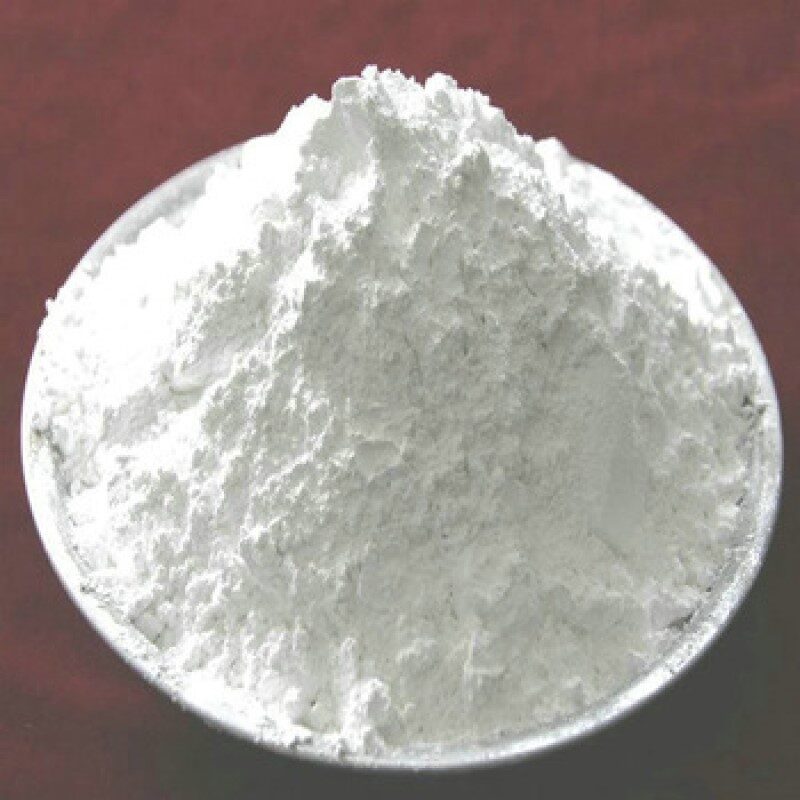Description
Remarks: The material complies as per above specification.
Uses: This new application of calcium is intended for use as a food fortifier, to fortify foods like sauces, condiments, beer, beverages, soft drinks, milk and milk products, soy milk and soy products with calcium nutrition
Packing: 25 kg HDPE Bags/HDPE Drum
For AMIZARA SPECILITY CHEMICALS LLP
MSDS
Calcium Levulinate Material Safety Data Sheet
Section 1: Chemical Product and Identification
| Product Name & Other Names: |
3-Acetylpropionic acid calcium salt Pentanoic acid 4-oxo- calcium salt |
| CAS#: |
5743-49-7 for Dihydrate and 591-64-0 for Anhydrous |
| EINECS EC-No.: |
209-725-9 |
| Molecular Weight: |
306.32 for Dihydrate |
| Chemical Formula: |
C10-H14-Ca-O6-(H2O)2 for Dihydrate and C10-H14-Ca-O6 for Anhydrous |
| Relevant uses and uses advised against (if any): |
Laboratory and Industrial Manufacturing. |
| SUPPLIER: |
As per letterhead. |
Section 2: Hazards Identification
GHS, Globally Harmonized System Classification in accordance with 29 CFR 1910 Classification according to Regulation (EC) No 1272/2008
Not a hazardous substance or mixture according to Regulation (EC) No. 1272/2008.
This substance is not classified as dangerous according to Directive 67/548/EEC.
Labeling according to GHS & Regulation (EC) No 1272/2008
GHS Label Elements
NONE
Signal Word: None
Not considered hazardous by the OSHA Hazard Communication Standard (29 CFR
1910.1200)
Hazards not otherwise classified (HNOC):
May causes mild skin irritation.
May Causes mild eye irritation.
Precautionary statements:
| P261: |
Avoid breathing dust/fume/gas/mist/vapors/spray. |
| P302+P352 – IF ON SKIN: |
Wash with plenty of soap and water. |
| P303+P361+P353 – IF ON SKIN (or hair): |
Remove/Take off immediately all contaminated clothing.Rinse skin with water/shower. |
| P304 + P340 – IF INHALED: |
Remove victim to fresh air and keep at rest in a position comfortable for breathing. |
| P305 + P351 + P338 – IF IN EYES: |
Rinse cautiously with water for several minutes.Remove contact lenses if present and easy to do. Continue rinsing. |
| P337+313: |
If eye irritation persists get medical advice/attention. |
| Section 3: |
Composition and Information on Ingredients |
| Product Name & Other Names: |
3-Acetylpropionic acid calcium salt Pentanoic acid 4-oxo- calcium salt |
| CAS#: |
5743-49-7 for Dihydrate and 591-64-0 for Anhydrous |
| EINECS EC-No.: |
209-725-9 |
Section 4: First Aid Measures
| Eye Contact: |
In case of contact, immediately flush eyes with plenty of water for at least 15 minutes. Get medical attention. |
| Skin Contact: |
In case of contact, immediately flush skin with plenty of water. Cover the irritated skin with an emollient. Thoroughly clean shoes and clothes before reuse. Get medical attention. |
| Inhalation: |
If Calcium Levulinate is inhaled, remove to fresh air. If not breathing, give artificial respiration. If breathing is difficult, give oxygen. Get medical attention. |
| Ingestion: |
Do NOT induce vomiting unless directed to do so by medical personnel. Never give anything by mouth to an unconscious person. If large quantities of this material are swallowed, call a physician immediately. |
Section 5: Fire and Explosion Data
| Flammability of the Product: |
May be combustible at high temperature. |
| Auto-Ignition Temperature: |
Not available. |
| Products of Combustion: |
Some metallic oxides CO CO2 and fumes. |
| Fire Hazards in Presence of Various Substances: |
Slightly flammable in presence of heat. Non-flammable in presence of shocks. |
| Explosion Hazards in Presence of Various Substances: |
Slightly explosive in presence of open flames and sparks. Non-explosive in presence of shocks. |
| Fire Fighting Media and Instructions: |
1)Small Fire: Use DRY chemical powder.2)Large Fire: Use water spray, fog, or foam. Avoid water jet. |
Section 6: Accidental Release Measures
Personal precautions, protective equipment, and emergency procedures: Ventilate area of leak or spill. Avoid breathing dust/fumes/gas/mist/vapors/spray. Use individual protective equipment (waterproof boots, suitable protective clothing, safety glasses, etc.). Restrict unprotected personnel from the area. Prevent any contact with hot surfaces. Do not approach facing the wind. Do not touch the spilled material.
Environmental precautions: Do not let the product enter drains, soil, or water sources.
Methods and materials used for containment Cleanup procedures and Storage:
Small Spill: Avoid dust formation. Avoid breathing vapors, mist, or gas. Use appropriate tools to put the spilled solid in a convenient waste disposal container. Finish cleaning by spreading water on the contaminated surface and dispose of according to legal authority requirements.
Large Spill: Contain spilled material. Cover with an inert, non-combustible absorbent material, (e.g. sand, earth, diatomaceous earth, vermiculite). Vacuum or sweep-up and remove to an approved disposal container. Finish cleaning by spreading water on the contaminated surface and allow to evacuate as per law.
Section 7: Handling and Storage
Precautions for safe handling: Apply according to good manufacturing and industrial hygiene practices. Ensure proper ventilation. In case of insufficient ventilation, wear suitable respiratory equipment. Wash thoroughly after handling. Do not drink, eat, or smoke while handling. Avoid contact with skin, eyes, and clothing. Minimize dust generation. Avoid breathing dust/fumes/gas/mist/vapors/spray. Avoid contact with eyes, skin, and clothing. Keep container tightly closed. Avoid ingestion and inhalation. Use individual protective equipment (waterproof boots, suitable protective clothing, safety glasses, etc.). Prevent any contact with hot surfaces. Conditions for safe storage, including any incompatibilities: Store in cool, dry, and ventilated area away from heat sources and protected from sunlight in tightly closed original container. Keep air contact to a minimum. Store protected from heat, sparks and ignition sources and incompatible materials. Avoid contact with skin and eyes. Avoid inhalation of dust/mist/vapor. Do not store with incompatible materials like strong oxidizing agents
.
Section 8: Exposure Controls/Personal Protection
| Exposure Limits: |
Not established. |
| Engineering Controls: |
Use process enclosures, local exhaust ventilation, or other engineering controls to keep airborne levels below recommended exposure limits. If user operations generate dust, fume, or mist, use ventilation to keep exposure to airborne contaminants below the exposure limit. |
| Personal Protection: |
Safety glasses. Lab coat. Dust respirator. Be sure to use an approved/certified respirator or equivalent. Gloves. |
| Exposure Limits: |
Not available. |
Section 9: Physical and Chemical Properties
| Appearance: |
White to off-white amorphous or crystalline powder |
| Odor: |
Burnt Sugar Type.. |
| Odor threshold: |
Not available. |
| pH: |
Not available. |
| Relative density: |
Not available. |
| Melting Point: |
123C |
| Initial boiling point and boiling range: |
Not available. |
| Flash point: |
Not available. |
| Auto-ignition temperature: |
Not available. |
| Decomposition temperature: |
Not available. |
| Upper/lower flammability or explosive limits: |
Not available. |
| Vapor pressure: |
Not available. |
| Vapor density: |
Not available. |
| Evaporation rate: |
Not available. |
| Flammability (solid gas): |
Not available. |
| Partition coefficient:n-octanol/water: |
Not available. |
| Solubility(ies): |
Not available. |
| Viscosity: |
Not available. |
| Molecular Weight: |
306.32 for Dihydrate |
| Chemical Formula: |
C10-H14-Ca-O6-(H2O)2 for Dihydrate and C10-H14-Ca-O6 for Anhydrous. |
Section 10: Stability and Reactivity Data
| Stability: |
It is stable. |
| Conditions of Instability: |
Excessive heat dust generation |
| Incompatibility with various substances: |
Oxidizing Agents heat and sunlight. |
| Special Remarks on Reactivity: |
Releases water of crystallization when heated and decomposes. |
| Hazardous decomposition products formed under fire conditions: |
Carbon oxides Calcium oxide. |
| Polymerization: |
Will not occur. |
Section 11: Toxicological Information
| Toxicity to Animals: |
Oral-rat LD50: 6140 mg/kgOral Mouse LD50: 7,250 mg/kg |
| Carcinogenicity: |
No component of this product present at levels greater than or equal to 0.1% is identified as probable or confirmed human carcinogen by IARC, ACGIH, OSHA and NTP. |
| Mutagenic Effects: |
Not available. |
| Teratogenic Effects: |
Not available. |
| Environmental Toxicity: |
Not available. |
Section 12: Ecological Information
| Toxicity data: |
Not available. |
| Products of Biodegradation: |
Possibly hazardous short-term degradation products are not likely. However, long term degradation products may arise. |
| Persistence and Degradability: |
Unlikely to persist due to water solubility. |
| Mobility: |
Likely to be mobile due to water solubility. |
| Bioaccumulation/ Accumulation: |
No information available. |
| Results of PBT and vPvB assessment: |
No data available for assessment. |
Section 13: Disposal Considerations
Waste Disposal: Waste must be disposed of in accordance legal regulations.
Section 14: Transport Information
| DOT (US): |
Not dangerous goods |
| ADR/RID: |
Not dangerous goods |
| TDG/IMDG: |
Not dangerous goods |
| IATA: |
Not dangerous goods |
Section 15: Other Regulatory Information
| USA: |
| SARA 313: |
Not Listed |
| SARA 302: |
Not Listed |
| California Proposition 65: |
Not Listed. |
Section 16 – Additional Information
DISCLAIMER:
The information and recommendations set forth herein (hereinafter “Information”) are presented in good faith and believed correct as of the date hereof. It is compiled from various sources and it is not necessarily all inclusive nor fully adequate in every circumstance. In addition, these suggestions should not be confused with nor followed in violation of applicable laws, regulations, rules or insurance requirements applicable. This MSDS sheet is intended only as a guide to the appropriate precautionary handling of the material by a properly trained person using this product. Individuals receiving the information must exercise their independent judgment in determining its appropriateness for a particular purpose.




